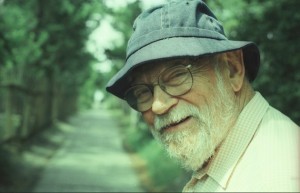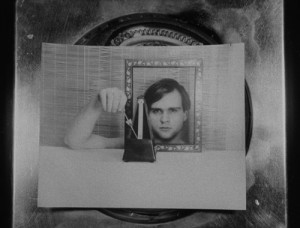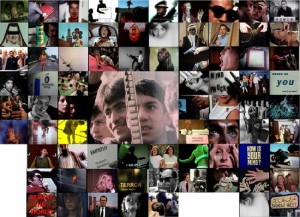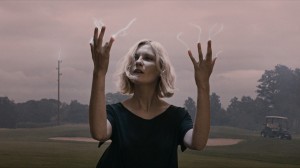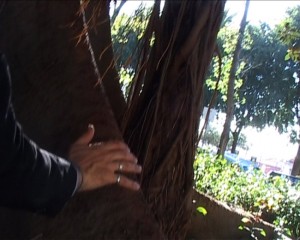-
Film
-
Amos Vogel: Life as a Subversive Art
by Ed Halter April 26, 2012
Vogel’s insistence on using art as a means for raising the consciousnesses of everyday citizens has proven to be a mission worth sustaining.
-
Better Than a Poke in the Eye With a Sharp Stick
by Giampaolo Bianconi April 24, 2012
Today, the ability to create metahistories histories out of archival material is accomplished by hitting reblog. In this context, Frampton’s thinking is more valuable than ever.
-
Found in Translation: Jean-Pierre Gorin on DVD
by Colin Beckett April 19, 2012
Gorin does not enlarge his subjects beyond recognition, but instead, borrowing a solution from Farber’s paintings, he draws them to scale and puts them in close proximity to as many other associations as the film will hold.
-
L’Appel
by Raphael Ruttenberg April 5, 2012
What seems like a contrived setting to tease out the protagonist’s spiritual struggle is actually an echo of a deeply modern enterprise: the search for philosophical meaning and spiritual fulfillment in a disenchanted world.
-
They Do Not Know It, But They Are Doing It
by Erin Nixon March 19, 2012
While appearing at first to be traditional “compilation films,” Curtis’ cinema deploys fragments in unexpected ways, juxtaposing imagery from the past to give voice to the present.
-
Trails of War
by Aaron Cutler March 8, 2012
This is a story of the land, and you have to start there, because the land is what society is built on top of; it’s from the land that people draw their health, or don’t.
-
Scenes of Instruction
by Jonathon Kyle Sturgeon February 22, 2012
Caught between the death of film and a digital childhood, it would appear that cinema has developed a debilitating neurosis.
-
Auteur Delusion
by Aaron Cutler February 15, 2012
In an era where large-scale filmmaking is often careless and disposable, a high-profile work that takes itself seriously (let alone its audience) can feel like a relief.
-
I Want the Work to be Useful: An Interview with Dani Leventhal
by James Cole January 17, 2012
I’m aware that I’m in a safe room with my materials, doing this thing that I love, while in the larger world there’s something really fucked up going on.
-
Sketches from Life: Jonas Mekas’s Sleepless Nights Stories
by Aaron Cutler December 19, 2011
He lets the direct sound from his digital camera stand, so that everyone speaks in their own voices, and together give the film its title.
-

